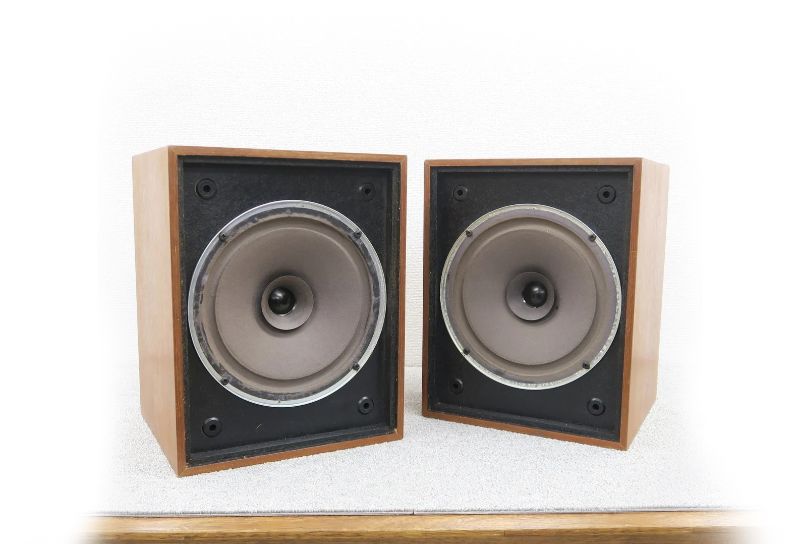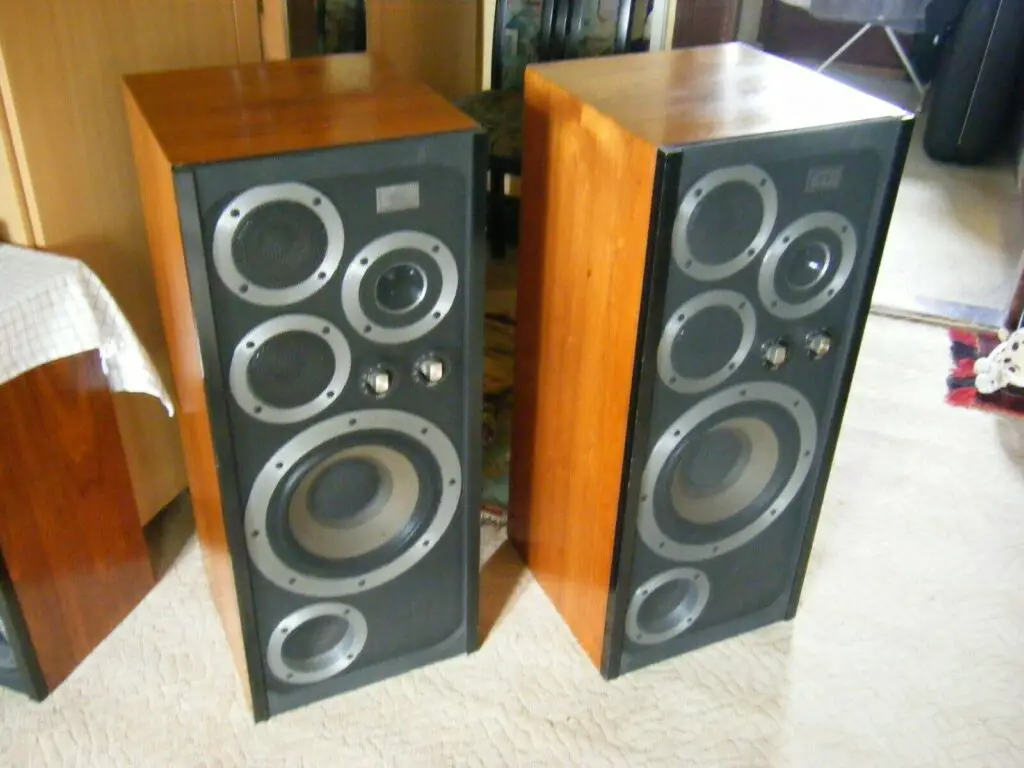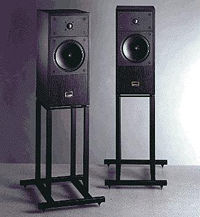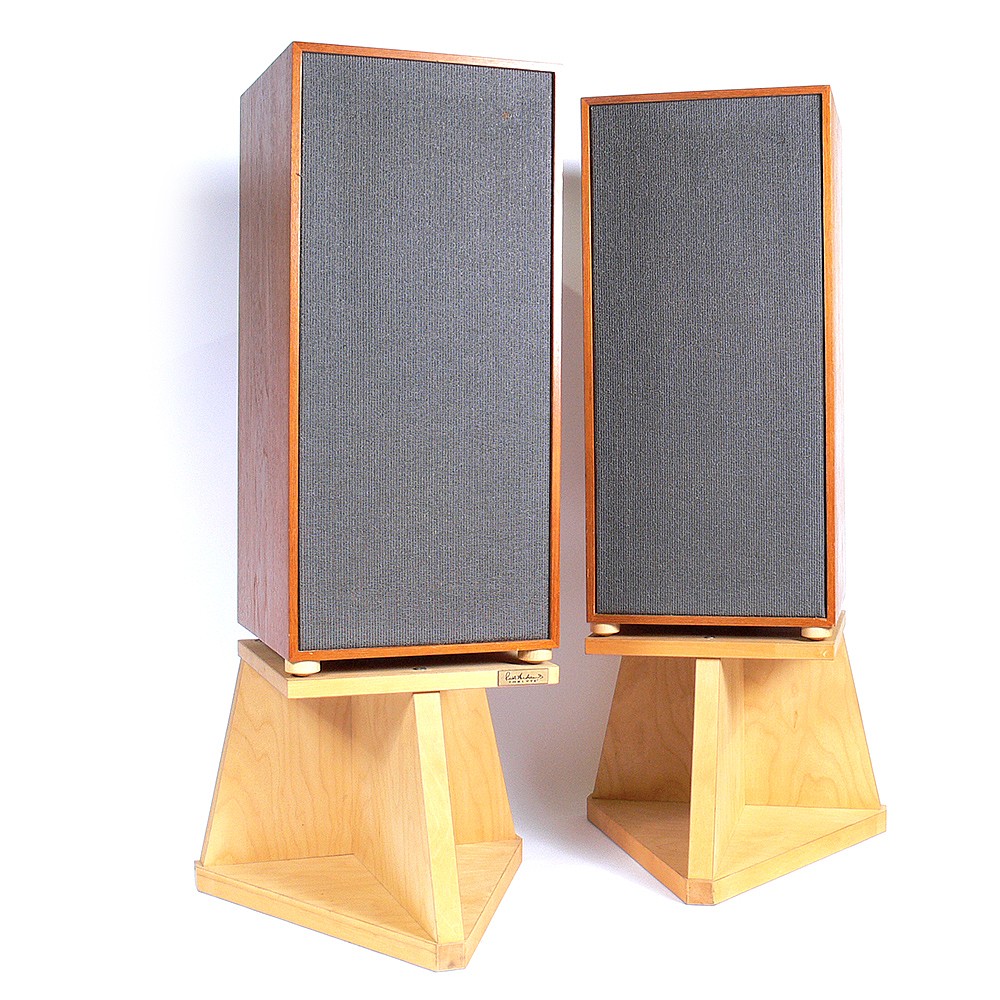Mission loudspeakers are well-known. For a long period in the 1990s, the brand was ubiquitous, omnipresent, and nearly synonymous with speakers in the same way that Wharfedale was in the 1970s. Some people are also familiar with Mission amplifiers, as its Cyrus line of electronics (which is now an entirely independent company) was a huge hit in the 1980s and has since grown from strength to strength. Some may recall that the first Cyrus evolved from the Mission 778 amp, and that the business had previously produced a separate pre-power combo…
As a result, it’s remarkable that Mission turntables have all but vanished from the map. From the late 1970s until the mid-1980s, the business produced a line of decks known as the 775, all of which were created and crafted by Henry Azima (the man, lest we forget, who designed all of the company’s legendary loudspeakers and the first Cyrus amps). They offered a variety of arms, including the 774, which was a design classic and was frequently seen on Linn Sondeks as a low-cost Ittok alternative in the days before the Rega RB300.
The 775S, the type we’re looking at here, was the company’s ‘cheap’ integrated deck back in 1981, costing just £300. The entry level Mission vinyl spinner was scarcely from the same sources as your usual Japanese semi-automatic direct drive, considering that Linn Sondeks of the day – granted without a tonearm – cost little more than this!
The fact that it didn’t have a suspended subchassis set it apart from its Thorens, STD, Ariston, and Dunlop Systemdek competitors. This was almost like promoting a car without wheels for a high-quality late-seventies belt drive. Rega had been doing well with the Planar 3, but it was still seen as more of a cheap design on steroids than a fully developed product in and of itself. Rather, the arm/plinth/platter loop on the 775 was said to establish a ‘completely firm’ link between the stylus and the record.
The only way it was able to avoid the hazards of room-borne vibration and resonance (which cloud and colour the sound) was by a combination of sheer mass and isolation feet manufactured from Sorbothane, the lossy rubber compound adored by the tweaking fraternity. The 775S, for example, has a robust and sturdy MDF plinth, as well as a 6kg aluminium-topped lead platter with a 1 degree concavity cut into it. A thin Mission felt mat and the provided Michell record clamp made a valiant attempt at supporting the record.
Mission chose a 70mm steel shaft running in a PFTE sleeve, tipped by a tungsten carbide ball running against a similarly polished thrust plate, because any bearing intended to hold a 6kg platter had to be tough. The 774LC arm that was provided had an odd appearance, complete with a vestigial ‘cartridge carrier’ and a rudimentary (but less resonance-prone) thread and lever bias compensator. Setting it up required a decent stylus pressure gauge due to the lack of tracking weight calibration — at the very least, there was a trough for silicone damping fluid to play with! At 5.5g, effective mass was on the low side.
Even today, a well-tuned Mission 775 produces a rich, full-bodied sound with a robust bottom end (due to that large platter, no doubt) and lovely, mellifluous highs. The soundstaging is broad and strong, with a lot of detail. This deck sounds a touch too euphonic and laid back in absolute terms, but in a digital world, this may be a welcome respite to many.
The more premium 775SM sells for upwards of £250 in mint condition, providing it comes with the original box and accessories. These generally forgotten, out-of-style vinyl spinners are well worth a look, whether you’re looking for a quick deal or an audiophile rare.







